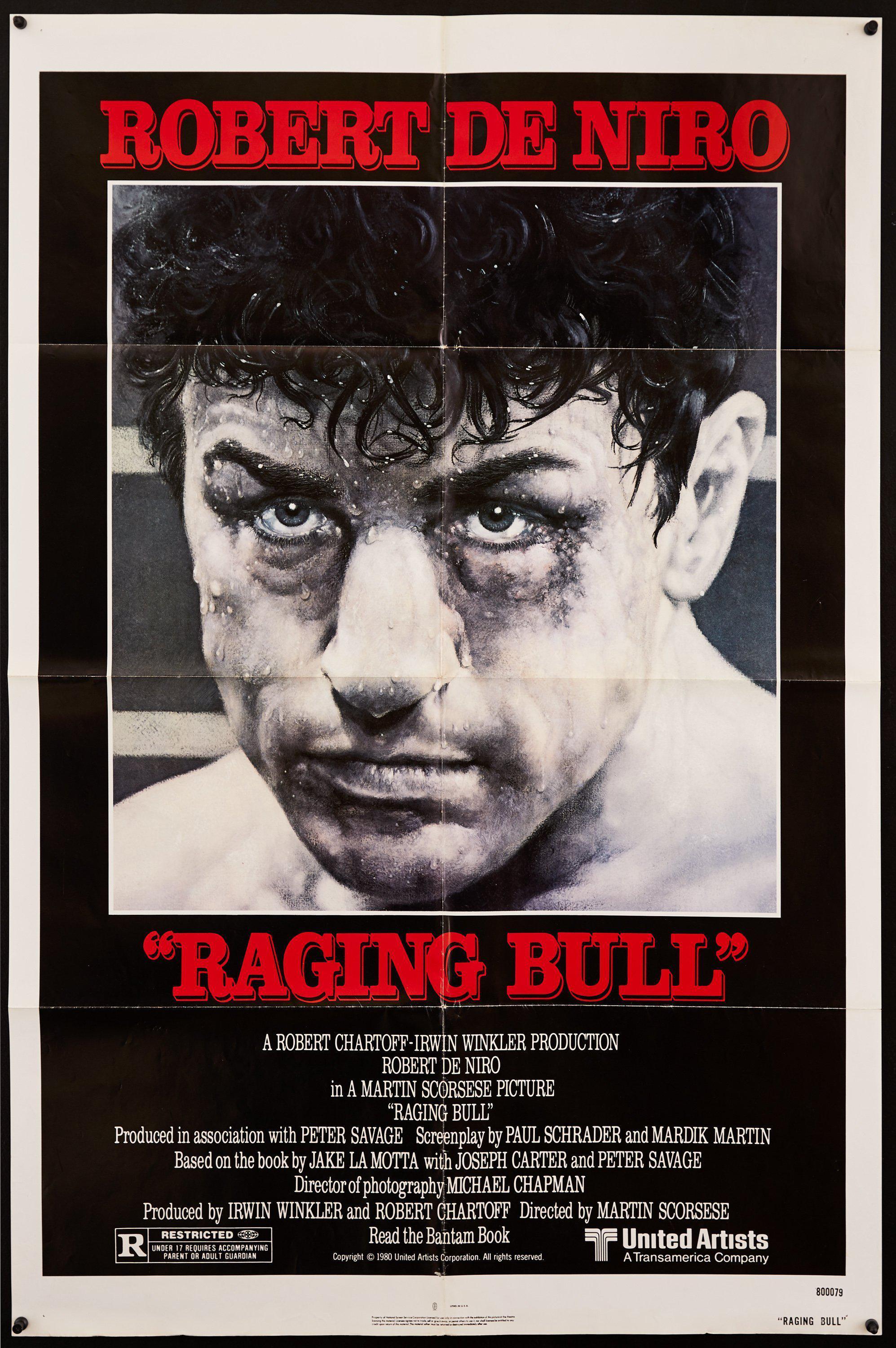
Throughout the film, he is mocking the ridiculousness of the plot and Michael Bay's broad characterization of the heroic working class and the button-pushers working for NASA. The star of this track is unquestionably Ben Affleck, whose one-man show is a hilarious heat-check performance. Less of an insightful piece of behind-the-scenes filmmaking and more of a comedy roast, the pinnacle of the freewheeling nature of physical media commentaries lies in the special features of Armageddon. On the track, he shares his admiration for Jonathan Demme, experimental films from the likes of Robert Downey Sr., and pornographic films of the '70s, and confesses to sampling various shots from his idols. Reilly) all day" precisely in tune with his persona. The commentary displays Anderson's sharp sense of humor, with lines like "I could stare at that fucking face (of John C. It is quite endearing to hear Anderson express initial feelings of regret when casting Burt Reynolds, as he feared that the casting of an old relic of the '70s would appear too on the nose and as a cheap novelty. He admits that he gets a kick out of watching his own film, but is also willing to cop that maybe the film is too long, or acknowledge that some performances may be lacking from another perspective. The director carries himself with a blend of self-assurance and insecurity.

If there was ever a perfect encapsulation of what a 90s indie director sounded like, Paul Thomas Anderson opening up on the Boogie Nightscommentary would be in contention.


Learning that many of the shots in the film are inspired by still photographs exhibits the brilliance of Scorsese's mind. Ambitious visual languages, such as expanding the room and the switch between wide and narrow angles, and sound design, from using cacophonous sounds of animal roars and the cutting of watermelons, are all detailed in the commentary. The mesmerizing boxing matches scattered throughout the film are given profound insight into Scorsese and Schoonmaker on their thematic style, proving that their direction of them is not just for show. The flow and impact of editing serve as story beats on their own, and they create the vibrant environment of his films. Raging Bullis a masterclass in editing, and the commentary is an engrossing look behind the curtains that explains the fundamental mechanics that make Scorsese's movies to be so captivating. The most notable feature of this commentary is the inclusion of Scorsese's most vital collaborator, his long-time editor, Thelma Schoonmaker. There is no more passionate cinephile than the great Martin Scorsese, and that passion is on full display in the commentary for one of his many masterpieces.


 0 kommentar(er)
0 kommentar(er)
